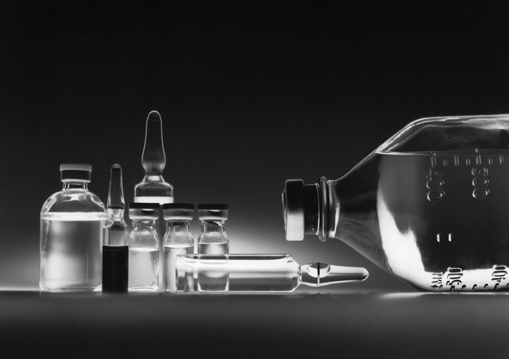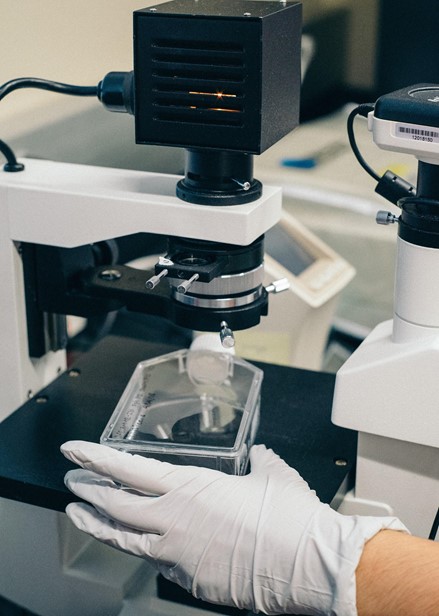
Diffuse intrinsic pontine glioma is a brain tumor found in a part of the brainstem called the pons. The pons controls vital functions such as breathing, sleeping, swallowing and regulating the heart rate. It is also where many important signals pass from the brain to the rest of the body. DIPG brain tumors are usually fast growing, and the symptoms can arise suddenly. Unfortunately, due to the tumor’s dispersive nature and its sensitive location in the brainstem, most children do not survive more than two years from diagnosis. There is currently no cure for DIPG, however many potential treatments have emerged over the years and show promise. Two such treatments are proton beam radiation and convection enhanced delivery.

Proton and Photon Beam Radiation
Proton Beam Radiation uses high-energy beams to focus on the tumor. Photon Beam Radiation uses x-rays or gamma rays that are delivered at the surface of the body and goes into the tumor. These newer types of radiation therapy limit damage to critical structures near the tumor which is key when treating DIPG. On top of that, both proton beam radiation and photon beam radiation yield fewer long-term side effects since doctors are able to better control where the beams hit. However, with the time crunch DIPG creates, the process of getting proton beam therapy may take too long to be effective for some cases. Photon therapy on the other hand, has a shorter setup time and is more widely available.

Convection Enhanced Therapy
Convection Enhanced Delivery is a technique where a cannula implanted with a surgical procedure delivers drugs directly to a brain tumor. CED is more effective than some other delivery methods due to its ability to bypass the Blood Brain Barrier (BBB) and deliver drugs at high concentrations into the DIPG tumor. However, CED is not a full treatment plan, it is simply an effective method of administering drugs into the tumor and must be coupled with effective drugs. Thus, there are numerous clinical trials investigating which drugs will be effective in treating DIPG when coupled with CED.
One such trial is Dr. Mark Souweidane’s Phase I clinical trial “Convection-Enhanced Delivery of 124I-8H9 for Patients With Non-Progressive Diffuse Pontine Gliomas Previously Treated With External Beam Radiation Therapy” (P.I.: M.M. Souweidane, NCT01502917). This trial uses treatment planning and technologies that are repurposed for use in CED. The trial began enrolling patients in May of 2012 and remains open for patient accrual.

Through donations and fundraising events, the Cristian Rivera Foundation raises funds for Dr. Mark Souweidane’s clinical trial at Weill Cornell Medical Center. Thus far, three children have responded well to the clinical trials conducted by Dr. Mark and they are providing hope and promise to families affected by DIPG.
The fight against DIPG is far from over and each and every donation brings us one step closer to finding a cure. To join us in our fight the end DIPG click the link below to donate today. cristianriverafoundation.org/donation/
By Mahi Kovvuru



